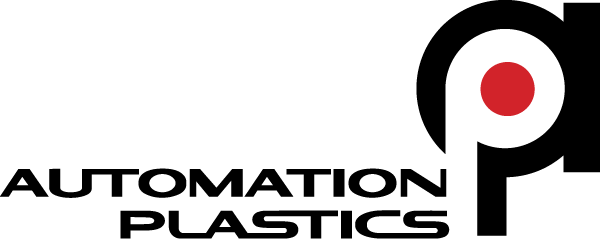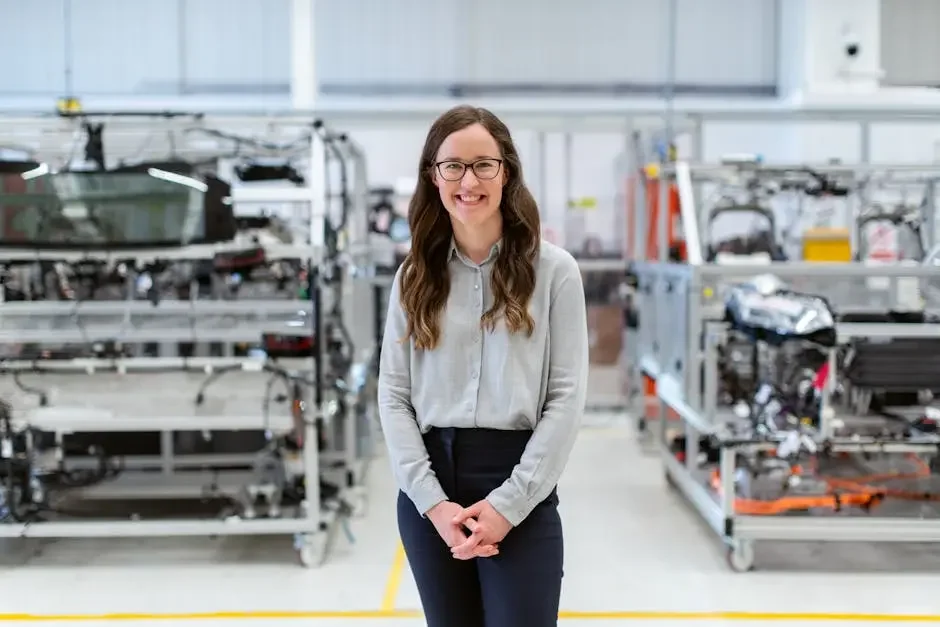How Insert Molding and Overmolding Services Enhance Product Durability
In the world of manufacturing, ensuring product durability is paramount. Two innovative techniques that have gained popularity for their effectiveness in enhancing product longevity are insert molding and overmolding. In this blog, we will explore how these services can significantly improve the robustness of various products, making them more reliable and long-lasting.
Understanding Insert Molding
Insert molding is a process where pre-formed components are placed into a mold and then encased in plastic or other material. This technique allows for added strength and flexibility in the finished product, leading to increased durability.
What makes insert molding particularly appealing is its ability to streamline the manufacturing process. Unlike traditional assembly methods that require multiple parts to be fixed together separately, insert molding combines both processes. This not only saves time but also reduces the likelihood of assembly errors, which can compromise product integrity.
Moreover, the strength achieved through insert molding is not just theoretical; it's quantifiable. Various product testing methodologies have shown that insert molded items can withstand greater stresses and strains, resulting in items that last longer under pressure. This is a critical consideration for industries where product failure can lead to cost overruns or, in some cases, hazardous situations.
Exploring Overmolding
Overmolding involves applying a second layer of material over a molded part. This enhances grip, comfort, and aesthetics while also protecting the underlying component—resulting in improved durability against wear and tear.
Unlike insert molding, where components are firmly fixed within the molded material, overmolding creates a snug, protective layer on top. This not only gives products a polished look but also provides a softer touch. Imagine holding a tool with a rubberized grip; that difference can significantly affect user satisfaction and reduce fatigue during prolonged use.
The versatility of overmolding is especially beneficial in consumer electronics and medical devices, where both aesthetics and function play a critical role. With the right materials, overmolding can also enhance the resistance of products to environmental factors like moisture and temperature changes, thereby extending their lifespan even further.
The Benefits of Using Molding Services
Both insert molding and overmolding services provide unique advantages such as reduced assembly time, enhanced product performance, and the ability to create complex shapes and designs, which can ultimately lead to higher customer satisfaction.
Cost-effectiveness is another significant benefit. By integrating multiple manufacturing steps into one process, companies can greatly reduce labor costs and production times. This, in turn, translates to lower prices for consumers without sacrificing quality. Many businesses have found that investing in these services pays off in the long run through better durability and performance.
The ability to customize is also a terrific advantage of using mold services. Manufacturers can tailor their products to meet specific needs, from choosing different colors and finishes to selecting materials that offer additional protection. This level of customization allows businesses to stand out in a competitive market, making their products not only durable but also attractive.
Applications in Various Industries
These molding techniques find applications across a range of industries—from automotive to consumer electronics—illustrating their versatility and potential to enhance product durability across diverse markets.
In the automotive sector, for instance, safety is non-negotiable. Components that undergo insert molding are able to endure crashes and rough conditions much better than those assembled through traditional means. The added strength contributes to not only the vehicle's longevity but also to the safety of its occupants. This is an area where the stakes are high, and the benefits of these techniques are particularly pronounced.
The consumer electronics industry also benefits greatly from these techniques. As devices grow thinner and lighter, they require stronger materials to withstand the rigors of daily use. Products like smartphones and tablets feature overmolded casings that not only enhance grip but also provide shock resistance. This becomes imperative when considering that consumers expect their devices to last through their busy lives.
Choosing the Right Molding Service Provider
When considering insert molding and overmolding services, it's crucial to choose a provider with experience and expertise. Look for companies that can demonstrate quality workmanship and innovative solutions tailored to your specific needs.
It's not just about finding the cheapest option; instead, prioritize quality and reliability. A good provider will offer a portfolio showcasing their past work, including case studies and testimonials. Additionally, communication is key; choose a partner who is willing to collaborate and understands your vision.
Finally, consider the provider's technological capabilities. Advanced machines and processes can impact the final product's quality. Thus, selecting a service provider who stays updated with industry advancements ensures that your products are manufactured using the latest techniques, maximizing durability and performance.
The Lasting Impact of Molding Techniques
Insert molding and overmolding services not only enhance the durability of products but also open doors for creative design and functionality. By embracing these techniques, manufacturers can produce high-quality products that meet customer expectations and stand the test of time.

